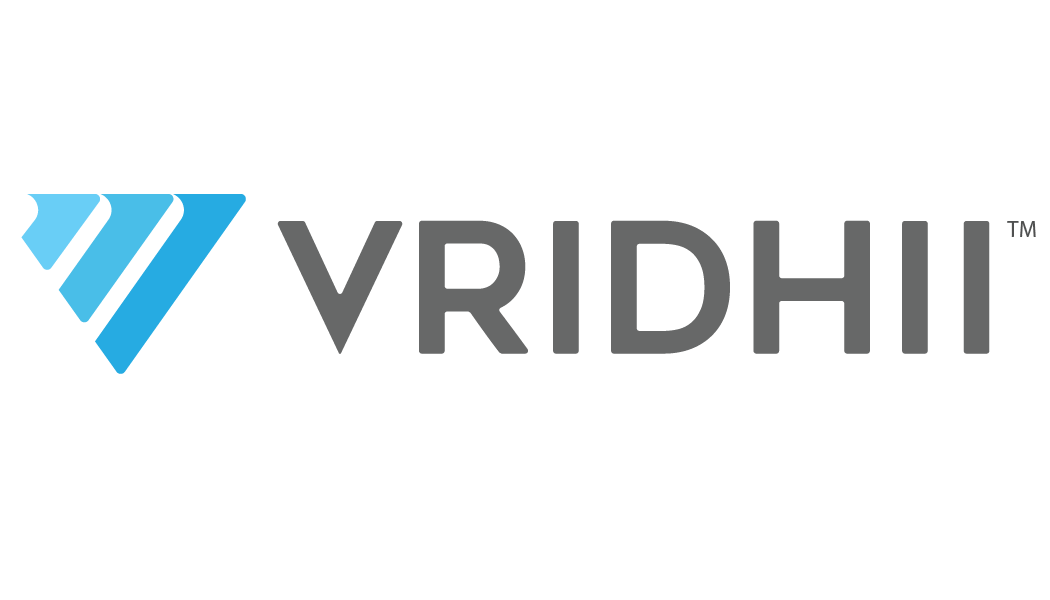Social Media Management Guide 101
Social media management is the process of creating, scheduling, analyzing, and engaging with content posted on social media platforms, like Facebook, Twitter, and Instagram. It also involves managing social media tools and technology to maximize a brand's or individual's online presence.
There are a number of different software programs that offer social media management capabilities. Some are stand-alone programs while others are integrated into larger marketing suites. Features can vary widely, but most social media management tools include some combination of the following:
- Posting and scheduling content
- Analyzing social media analytics
- Engaging with followers and influencers
- Automation features
- Reporting features
When choosing a social media management tool, it's important to consider the needs of your business or individual brand. There are a number of factors to take into account, such as the size of your team, the type of content you post, and your budget.
The good news is that there are a number of great social media management tools on the market, and many of them offer free trials or free versions with limited features. This makes it easy to find a tool that's a good fit for your business without breaking the bank.
Here are some of the best social media management tools currently available:
- Hootsuite
- Sprout Social
- Buffer
- CoSchedule
- Social Flow
Regardless of which tool you choose, effective social media management can help you save time, grow your audience, and improve your online presence.
What is Social Media Management (And What Does It Include?)
Social media management includes the processes and tools used to create, schedule, analyze, and engage with content posted on social media platforms.
It’s important to note that social media management is not simply about posting content to social media and calling it a day. In order to be effective, businesses need to take a strategic approach that incorporates all aspects of social media management, from creating original content to analyzing the performance of that content.
Let’s take a closer look at each part of the social media management process:
Creating Content
The first step in social media management is creating content. This can include writing posts, developing graphics, and shooting videos. The goal is to produce high-quality content that will resonate with your audience and help you reach your business goals.
When creating content, it’s important to keep the following things in mind:
- Who is your target audience?
- What type of content will they engage with?
- What are your goals for this piece of content?
Scheduling Content
Once you have created some great content, it’s time to start posting it to your social media channels. But instead of just randomly sharing items as they come up, it’s best to create a content calendar and schedule your posts in advance.
Scheduling content has a few key benefits:
- It allows you to space out your content so that you’re not overwhelming your followers with too much at once.
- It gives you the opportunity to experiment with different posting times to see when you get the most engagement.
- It makes it easier to plan ahead and ensure that you’re always sharing fresh, relevant content.
Analyzing Analytics
After you have started posting content, it’s important to track how well it is performing. This can be done by looking at social media analytics, which will show you things like how many people have seen your post, how many people have engaged with it, and what the reach of your post was.
This data can be very valuable in helping you to understand what content is resonating with your audience and what isn’t. It can also help you to make adjustments to your content strategy going forward.
Engaging With Followers
Another important part of social media management is engaging with your followers. This means responding to comments, messages, and mentions in a timely manner. It can also involve joining conversations, starting discussions, and sharing other people’s content.
Engaging with your followers helps to build relationships, which can lead to things like increased brand loyalty and improved customer service.
Using Automation Features
Finally, many social media management tools offer automation features that can help you to save time and increase efficiency. For example, some tools allow you to automatically post content from your blog to your social media channels or share new items from your social media feeds on your website.
Other popular automation features include scheduling posts in advance, analyzing analytics data, and sending reports to team members.
How to Choose a Social Media Management Tool
Now that we’ve covered the basics of social media management, let’s take a look at how to choose a tool to help you with the process.
When choosing a social media management tool, there are a few things you should keep in mind:
- Ease of use: The tool should be easy to use and understand.
- Pricing: The tool should be affordable for your business.
- Functionality: The tool should have all the features you need to effectively manage your social media channels.
- Integration: The tool should integrate with other tools and systems you are using, such as your website or CRM.
The Bottom Line
Social media management is a process that includes creating content, posting it to social media, analyzing the performance of that content, engaging with followers, and using automation features.
When choosing a social media management tool, look for one that is easy to use, affordable, and has all the features you need. It should also integrate well with other tools and systems you are using.
There is no one-size-fits-all answer when it comes to social media management, but by following these tips, you can develop a strategy that works well for your business.

